Phnom Penh, Cambodia
Gray and gritty…these are the two words that rise to the surface when I reflect on our brief 4 days in the Cambodian capital of Phnom Pen. Gray in the truest sense of the word and color, in that it’s place that is in transition – moving from a dark and clouded past to perhaps a bright and emerging future. However, where the city lies on the gray scale spectrum is open to one’s perception. Some may see it as a place that is overwhelming, loud, dirty, and disorganized. Others may see it still as a Wild West-type playground for westerners with modest means to live out their frolicking flights of fantasy and freedom in this foreign land. For me it is a place of deep intrigue, opening one up to a wealth of history (both ancient and modern) that tell the broader story of the people in city today and provide an eye into the country’s future.
Most initial wanderlust travelers to Cambodia only stop in Phnom Penh for a quick layover (be it a few hours or overnight). The city serving only as a required but often underappreciated stop on their way to the tourist overrun town of Siem Reap – the base for a visit to the famous Angkor Wat temple complex. As urban travelers at heart, we decided to spend our entire 4-day getaway exploring one of Southeast Asia’s youngest big cities.
It goes without saying that life in Asia is different for westerners. Though it doesn’t happen enough, it’s imperative that such travelers recalibrate their senses and temperament. Visiting the region’s more developed cities, such as Bangkok, Kuala Lumpur, Singapore, Hong Kong, and even Ho Chi Minh City requires a slight reset, especially if one if venturing away from the major tourist bubbles. But Phnom Penh requires an even deeper reset and a stronger appreciation of the country’s history to better understand that which one sees, smells, and feels in this city bursting with 1.5 million people.
Without any personal adjustment, one may immediately find themselves unable to adjust to the hectic pace of the city and its much-maligned traffic. Upon our arrival, the city greeted us with a 1-hour urban expedition to our hotel, which was only 6.5 miles away (that’s right…it took us about one hour to travel just 6.5 miles to our hotel in the dead center of town, albeit during the evening rush hour).
A Shock to the Senses
In just that first hour, our senses were overwhelmed with all that our eyes witnessed as we inched through a sea of motorbikes, tuk-tuks, trucks, cars, bicyclists, and construction amidst torn up/muddy streets. In an effort to avert the caterpillar crawl along the major thoroughfare, our taxi slipped into alleys seemingly made for only one car traveling in a one-way direction. Yet, while we zipped through these alleys with walls no more than 3 feet on either side of our taxi, motorbikes whizzed by us on both sides going in opposite directions, while dodging little kids playing kickball along their way. All of this jolted our senses as we feverishly peered into the ground floor homes of impoverished locals while they prepared dinner, styled hair for customers, or sold whatever goods they could place in the front of their homes.
Not surprisingly, by the time we arrived at our hotel, we were not only exhausted from two flights and 7 overall hours of travel but also the last hour of introduction to the gray and gritty parts of the city. We quickly decided to keep our first evening adventures very light – only taking a quick walk around the block of our hotel to get our bearings.
Our hotel is the tall (15-story) beige building in the picture below on the left that strangely appears to be tilting when seen from the street.
Digging Through the Country’s Complex History
After surviving our overwhelming 1-hour welcome to the city, we spent our first night diving into both the country’s and city’s history via numerous online sources. My intrigue with 20th century history (including the effects the Cold War and Western imperialism on Southeast Asia) led me to discover many sad and interesting ties to Cambodia that expanded my knowledge of all that we would see and experience during our brief stay. Though understandable yet unfair, the thought of Cambodia generally evokes discussions of the Khmer Rouge, genocide, and civil war. And while these are significant turning points in the history of this budding nation, they are but simple dots on the calendar of a history that spans millennia and greatly impacted the overall history of Southeast Asia.
In many ways, an exploration of the country’s history is just about as overwhelming as spending an hour its capital’s urban traffic jungle. From the expansive rule of the Khmer empire (802-1431) to the French Colonial (Protectorate) period (1863-1953) and national independence in 1953 to the following 40 years of tumultuous political and societal unrest, including covert US bombing raids leading to the rise of the Khmer Rouge, civil war, Vietnamese Occupation, and political unrest even once their neighbors were arm-twisted to vacate the country – it’s easy to see why Cambodia has a lot to recover from as it grows from an Asian cub to an Asian tiger.
The City As Our Museum
One of the key benefits of traveling while young is that you can explore destinations without having to be in the transportation and tourist group bubbles. Everywhere we go we make it a point to explore as much of our destinations on foot (if possible) or use quick and efficient metros (if available). Phnom Penh in all its grayness does not yet have a developed transportation infrastructure like that of its Asian siblings.
That said, rather than succumbing to the constant (and I mean constant) hawking of tuk-tuk services at our hotel and around the city, we simply let our feet be our guides through the city. Fortunately, many of the city’s major sites are all within a 30-45 minute walk of the center of town, making it easy to cover a lot of ground during the day. Using the city environs as our museum, we averaged between 4-8 miles of on-foot exploration around the town each day, providing us with a unique perspective into the city’s gray and gritty personality.
Peering Into the City with a Deeper Lens
Over the next 2.5 days it’s as if we were able to see the “director’s cut” notes as we explored the city. For instance, our appreciation of the architecture of the Royal Palace and the famous Wat Phnom was shaded by the fact that both designs were not purely Khmer but rather a French-approved style designed to recreate their image of the Khmer culture as they began their oppressive imperialist reign. Or that the imperialist urban planners purposely created segregated enclaves for the Chinese, French, Cambodia, and Vietnamese residents, which is still very clear as one walks around the different ethnic quarters today. Or that the beautiful Cambodia-Vietnam Friendship Monument was constructed during Vietnam’s 10-year reign over the country after defeating the Khmer Rouge, yet has been the site of civil unrest during the difficult sibling rivalry between the two nations over the last 20-30 years.
We also made it a point to venture into the newer, middle class areas of town to see what life is like outside of the vast impoverished neighborhoods around much of the center of the city. Even in those areas, it’s clear that the city is still in a massive rebuilding phase. When one can find a Coldstone Creamery, Burger King, KFC, Carl’s Jr., and Gloria’s Jeans café all at the same intersection in the “ex-pat” district with prices drastically inflated from other parts of town, it’s clear that the wealth in the capital is far from sufficiently distributed.
Just a few blocks away, one of the cities modern urban relics – The White Building – shown in the first picture below) towers over a major street, dilapidated and embarrassed by what the city has allowed it to become. It’s simply an economic and social canker sore being allowed to suck the body dry, so that the surrounding areas can engulf it with new condominiums, malls, and commercial high-rises. It’s a very striking juxtaposition of wealth and abject poverty that is not easy to forget. One can only walk past so many sidewalk stands of poor families selling food and goods with their little kids (toddlers) running around with no shoes and maybe just a shirt on their backs, before your heart bleeds and your eyes tear from the vast amounts of human suffering and inequity witnessed in a daily walk. Yet, I guess, like in most cities in the world (East or West), we all create bubbles that allow us to distant ourselves from such experiences on a daily basis.
Little Brother Nudges His Way to Prominence
In the last three years, I’ve had the chance to visit three countries that all suffered significantly in the 1990s – Colombia, Croatia, and now Cambodia. The two former nations have made dramatic improvements in their economies, foreign relations, and external perceptions. Perhaps much of their success can be attributed to large amounts of foreign economic aid/development (from US and European allies looking to stick their pinky toe into the door of the countries’ emerging wealth). This is in addition to their ability to attract pleasure travelers to their exotic locales.
Cambodia hasn’t been as lucky. It has had to deal with being the little brother squished between two different and distant older brothers (Thailand and Vietnam). All three brothers are still in their adolescent stages, but Thailand and Vietnam are bigger, stronger, and perhaps more attractive (to foreign investment). As a result, the little brother is struggling to find its own personality and its own friends, while distancing itself from its past and its siblings.
Leaving With An Unexpected Gift of Perspective
As we waited to depart Phnom Penh International Airport, I happened across a book at the airport bookstore titled, “Expatriates’ Strange Lives in Cambodia.” I read the first half on our flights home and finished the fairly quick-read the next day. It was a perfect way to close out our experience, as it gave a balanced and unique perspective on the gaps between eastern and western cultures and historical events that have shaped the ex-pat culture in Cambodia. It helped answer many questions that emerged for me about the city’s cultural and economic barriers as we explored the city.
I’m glad that we made the unexpected, last-minute decision to visit such an emerging and intriguing destination and witness a different side of life in an Asian capital. It was an enriching educational experience for someone so intrigued by the events of the 20th century and their impact on life today. I hope that Cambodia, perhaps like Vietnam, will use its gritty nature to nudge its way into the forefront and move out of the its current grayness into a brighter future. It will be very interesting to return in 15-20 years to survey its progress.
Read more Tales from the Nomadic Adventure and find out where we’ll be in the coming months.

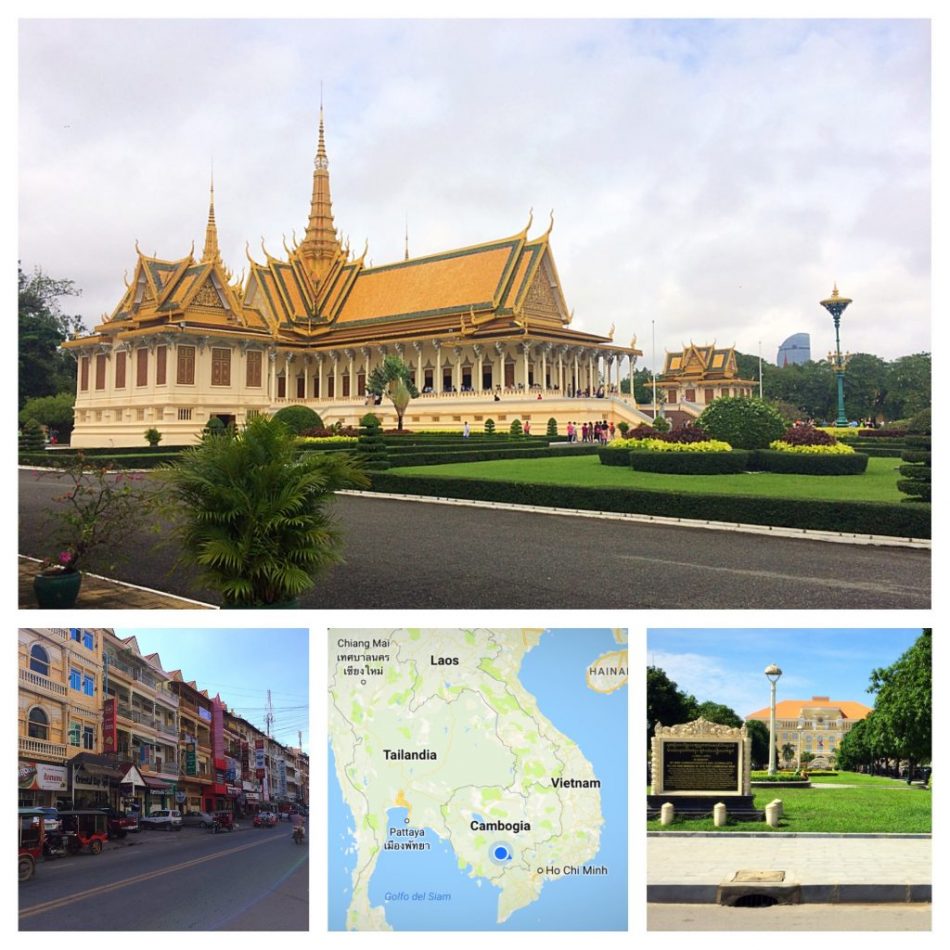
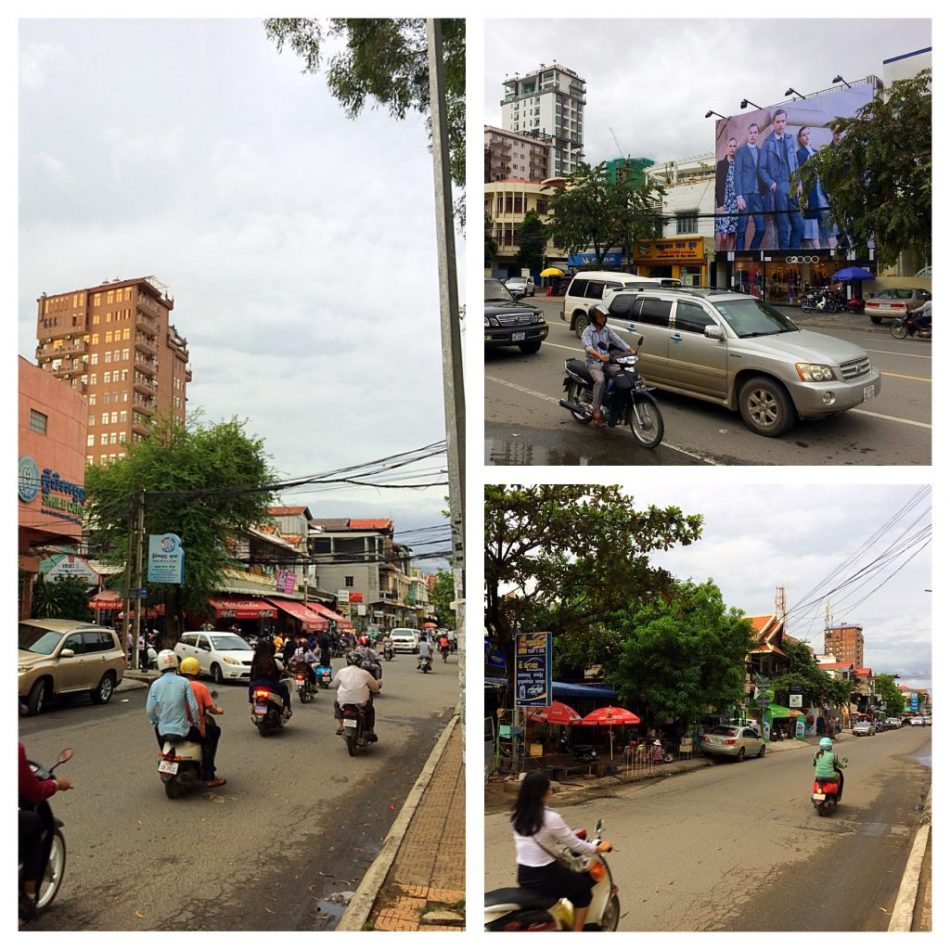
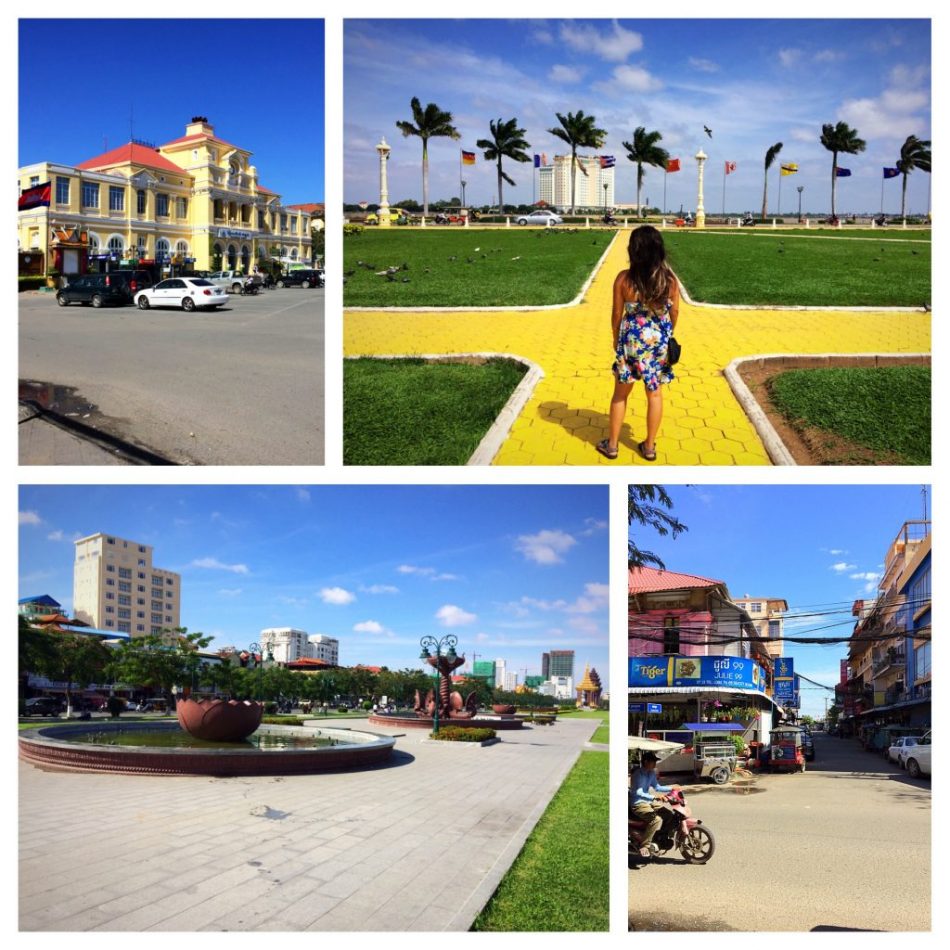
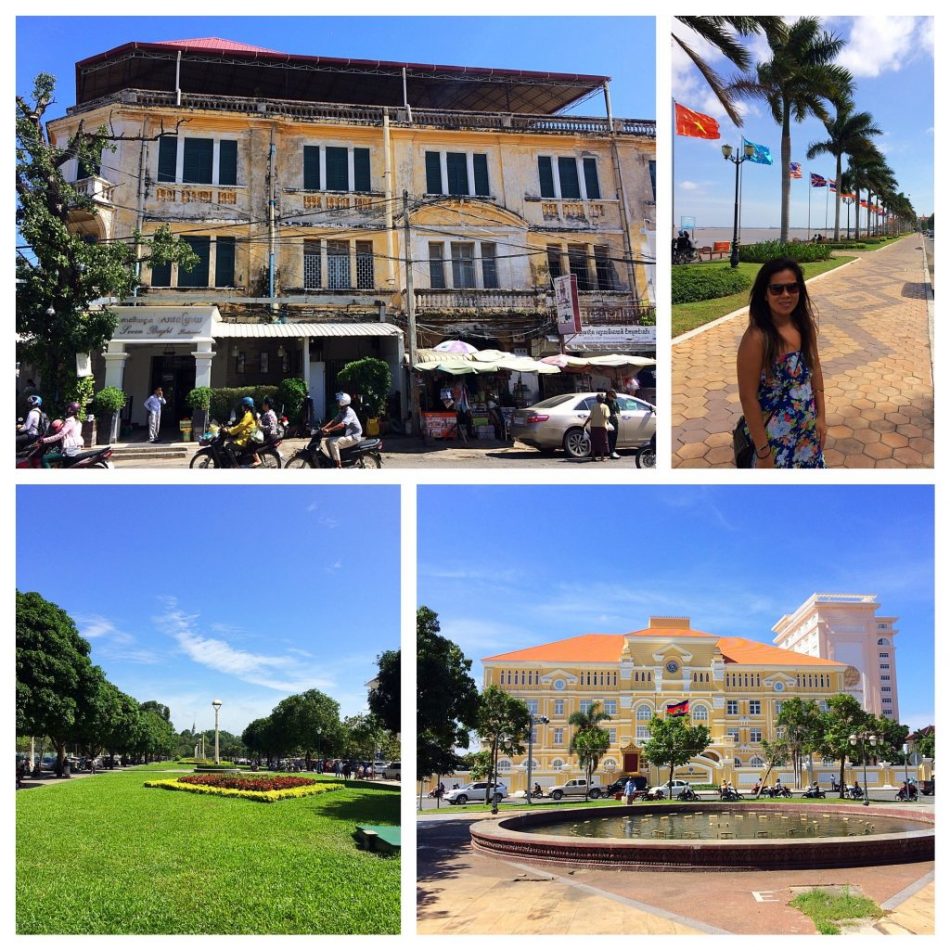
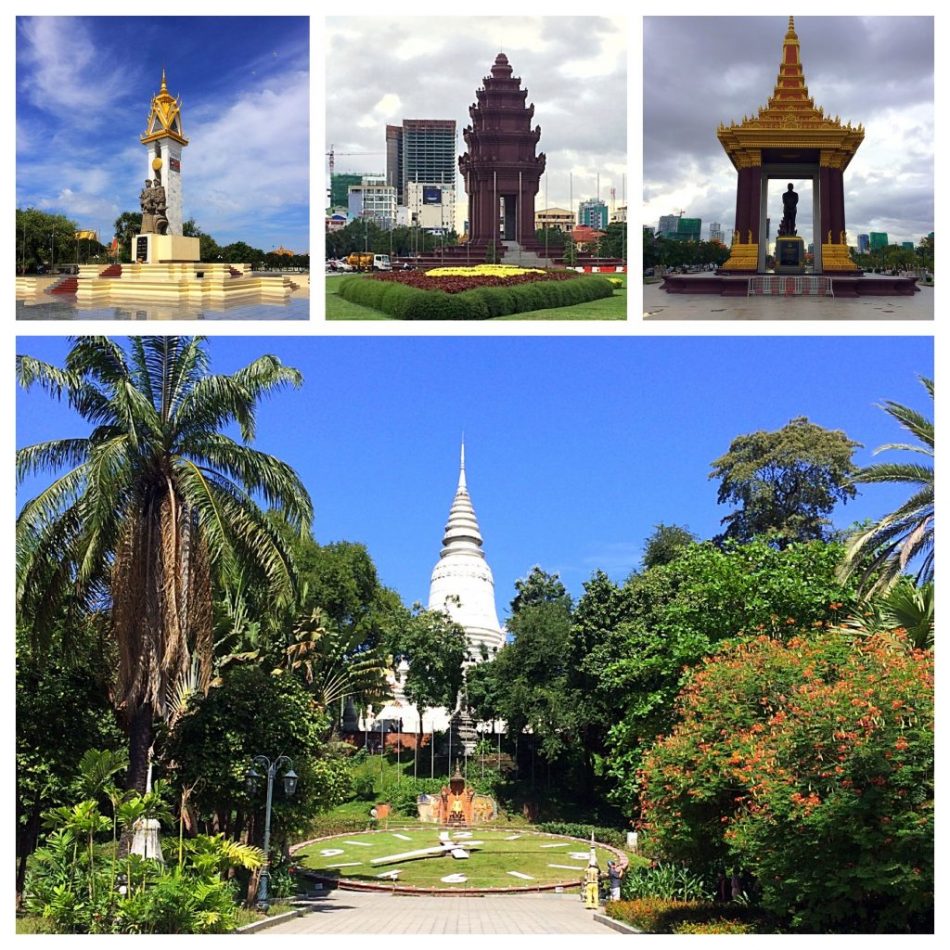
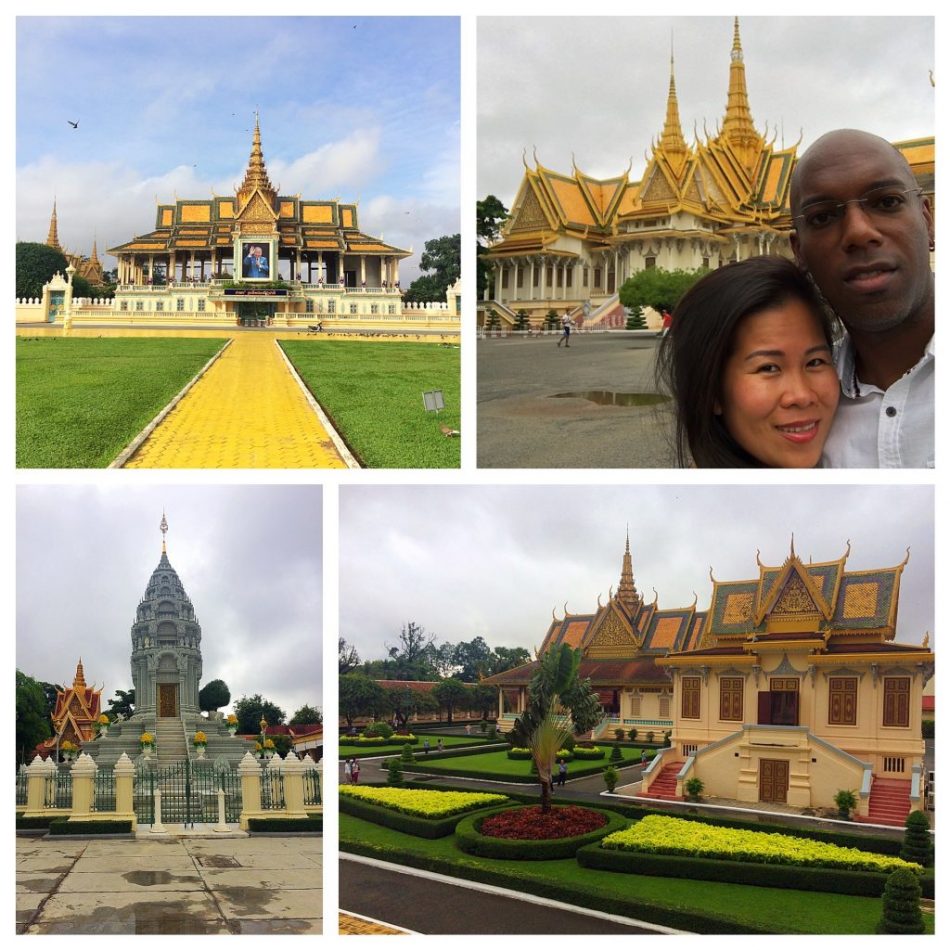
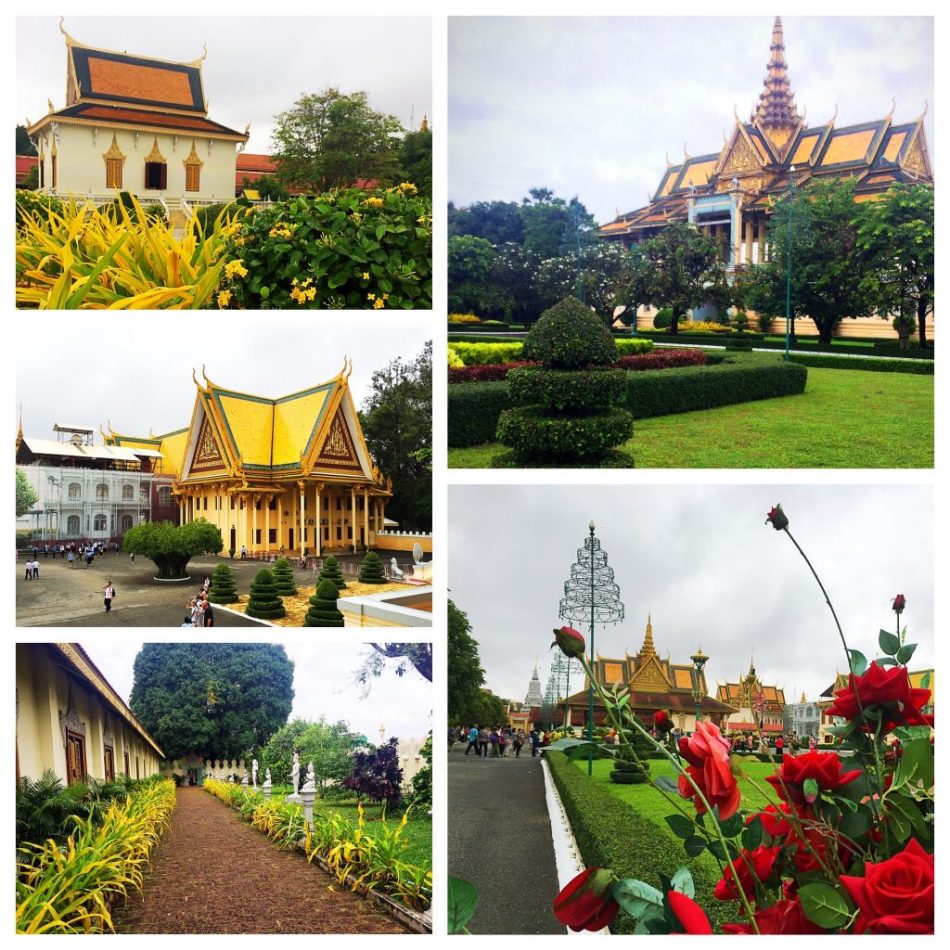
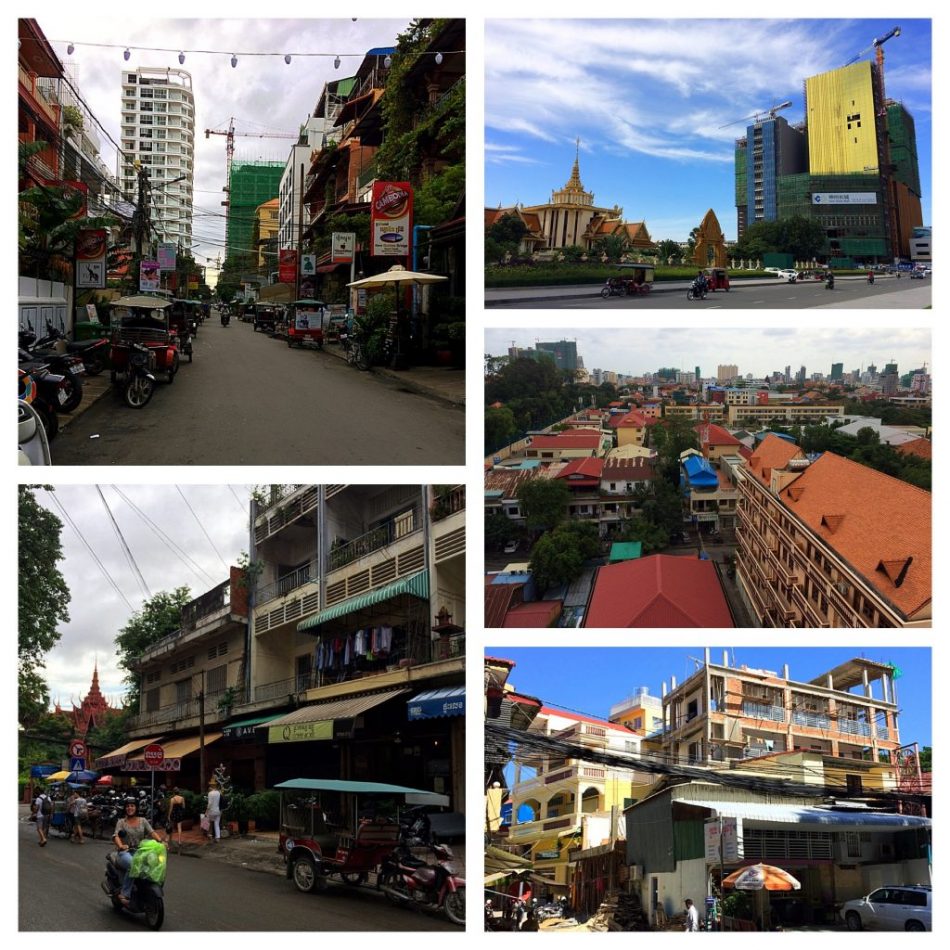
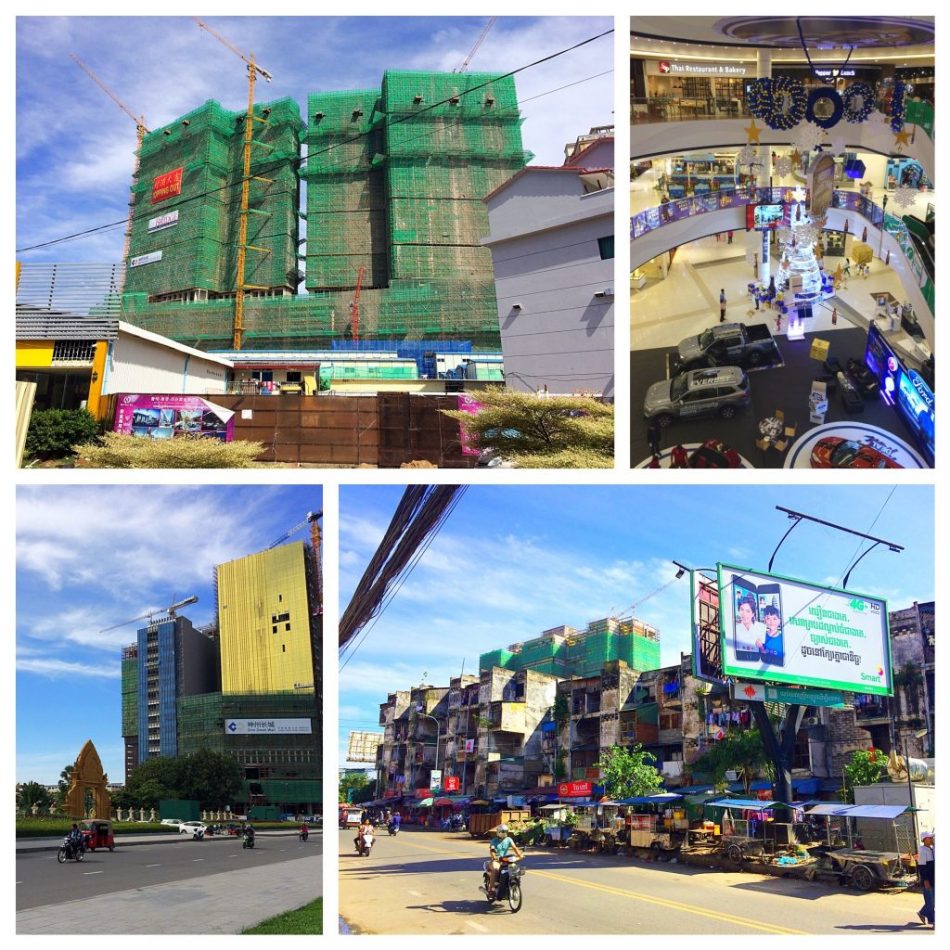
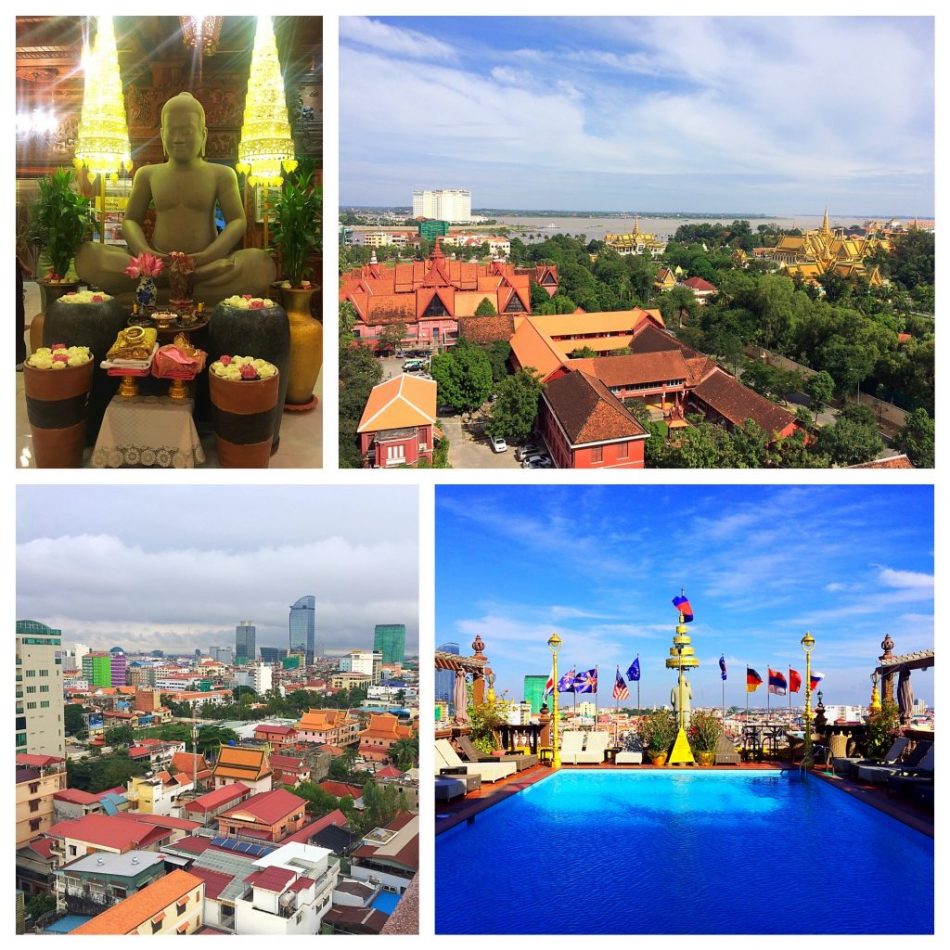
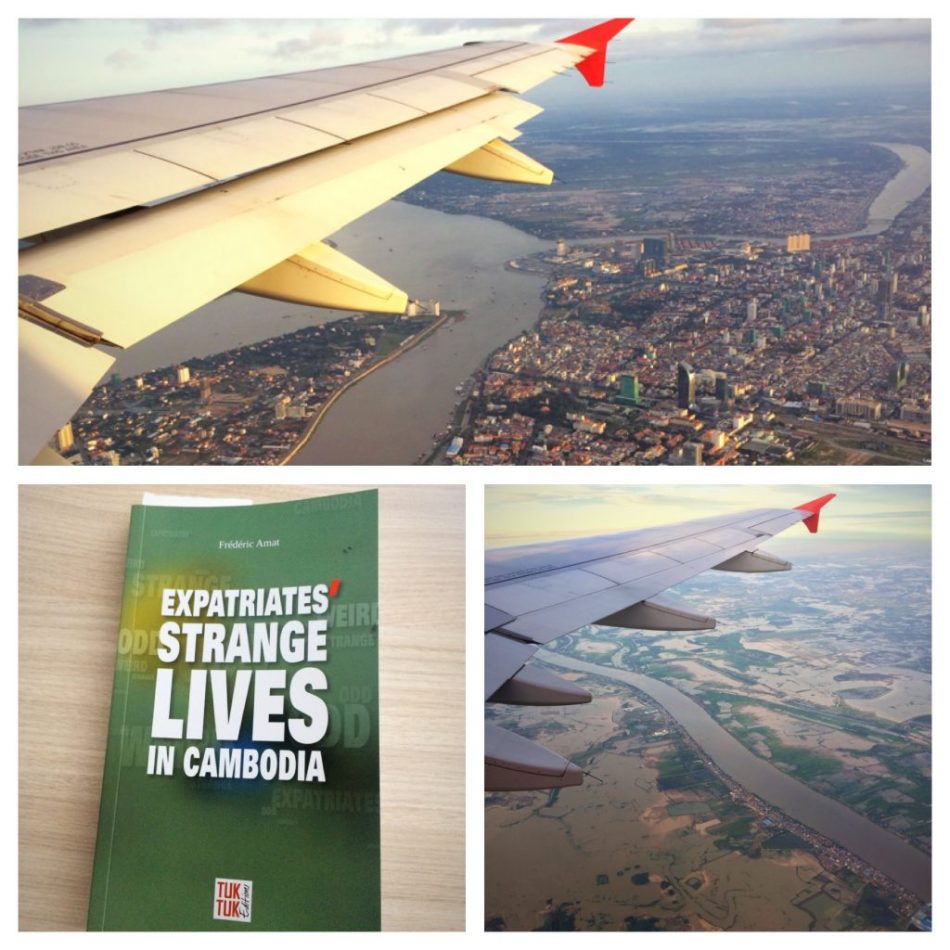

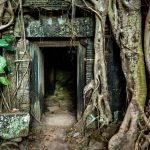
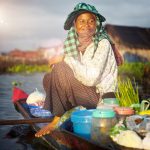
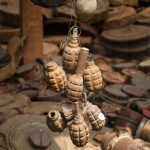
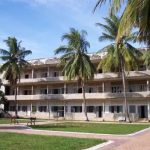

Good article and many fantastic photos, Jarard. We were there in 2012 for 14-days traveling through Cambodia – enjoying its culture, sights, temples – especially the cuisine before we continued our travels to eight more Asian nations. Our highlight was Angkor Wat, the massive stone temple complex built during the Khmer Empire – seeing the amazing temple blew us away. Thank you for refreshing some fond memories for us.
M&G
NYC
lovely french food there — the fish soup at la marmite was particularly memorabe. it was good to see locals capitalizing on their french/colonial legacy.